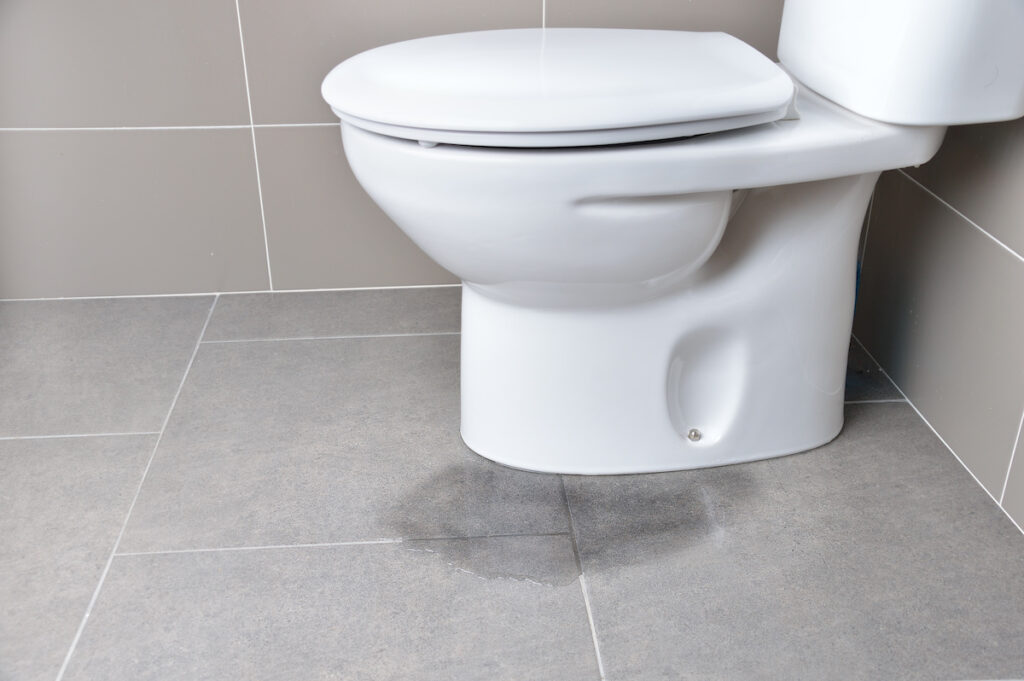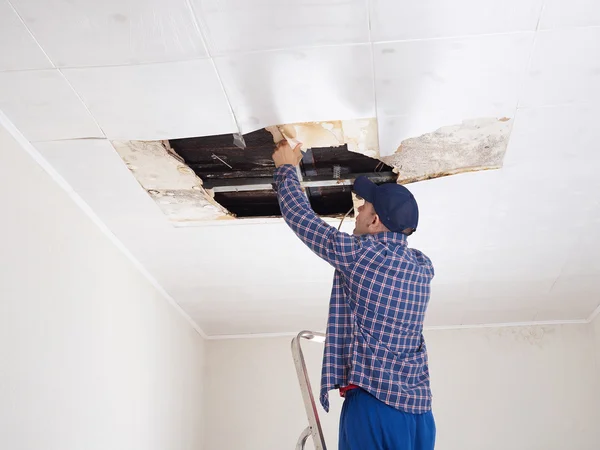What Leads to Water Deterioration in the Bathroom
What Leads to Water Deterioration in the Bathroom
Blog Article
We've uncovered this great article involving How to Repair and Prevent Bathroom Water Damage? directly below on the net and reckoned it made sense to share it with you on my blog.

Water damage frequently occurs in the shower room as a result of the water used everyday. Often, the damages could be a little mold from the shower. Other times, it's substantial damages on your flooring. Whatever it is, it is always great to recognize the reason as well as prevent it before it happens.
This overview will certainly go through a few of the common root causes of water damage in the washroom. We will certainly likewise examine what you can do to prevent these causes from damaging your restroom. Let's dive in.
These are the usual reasons you would have water damage in your bathrooms and just how you can identify them:
Excess Moisture
It's awesome to have that lengthy shower and splash water while you dance around and also act like you're doing, but occasionally these acts might cause water damage to your shower room.
Spraying water around can create water to go to corners and form molds. Watch just how you spread out excess dampness around, as well as when you do it, clean it up to avoid damage.
Splits in your wall surface tiles
Shower room wall tiles have been particularly made for that objective. They secure the wall from dampness from people taking showers. However, they are not undestroyable.
Occasionally, your restroom wall surface tiles split and enable some moisture to leak right into the wall. This might possibly destroy the wall surface if you do not take any action. If you observe a split on your wall ceramic tiles, repair it right away. Don't wait until it damages your wall.
Overruning toilets as well as sinks
As human beings, sometimes we make blunders that might cause some water damage in the bathroom. For instance, leaving your sink faucet on could trigger overruning and damage to various other parts of the shower room with moisture.
Likewise, a faulty toilet might trigger overflowing. For instance, a broken bathroom deal with or various other parts of the cistern. When this occurs, it can damage the floor.
As soon as you observe an overflowing sink or commode, call a plumbing professional to aid manage it right away.
Burst or Leaking Pipelines
There are many pipelines carrying water to various parts of your bathroom. Some pipelines take water to the toilet, the sink, the taps, the shower, and also many other areas. They crisscross the small area of the shower room.
Occasionally, these pipes could get rustic as well as ruptured. Various other times, human activity can cause them to leak. When this occurs, you'll discover water in the edges of your restroom or on the wall surface.
To find this, keep an eye out for gurgling wall surfaces, mold and mildews, or mold. Call an expert emergency plumber to repair this when it happens.
Roof Leakages
In some cases, the issue of water damage to the restroom could not originate from the shower room. As an example, a roof covering leak might create damage to the bathroom ceiling. You can find the damages done by considering the water stains on the ceiling.
If you locate water stains on your ceiling, inspect the roof to see if it's damaged. Then, call an expert to assist address the concern.
Conclusion
Water damage to your shower room can be frustrating. Nonetheless, you can handle it if you prevent a few of the reasons discussed in this overview. Call a specialist emergency plumbing professional if you discover any severe damage.
How to Repair a Water-Damaged Wall in the Bathroom
All you need to know to repair bathroom wall water damage – from identifying the water source to finishing the repair professionally. If you don’t act quickly to resolve a water damage problem, you could find that it develops into a mold issue and/or cause structural damage to your home. Follow this guide to repair your bathroom before it's too late.
All you need to know to repair bathroom wall water damage
Water damage is a common household problem, and one that, if left unrepaired, can quickly lead to structural problems and health issues. The two most likely rooms where water damage may occur is the bathroom and the kitchen – where water is used often and there is high humidity.
What is water damage?
It is easy to think of water damage as caused by a flood or leaking tap or burst water pipe. However, when water damage is assessed, there are three main categories into which water falls (as classified by the American National Standards Institute). These categories are defined as:
Category 1 Water – ‘Clear Water’
This is sanitary water. There is usually no major threat to health by washing with this water, drinking it, or inhaling if it is streaming. Most water that enters your home will be category 1 water, while most water leaving your home will be either category 2 or 3 water. It may also come from melting snow, rainwater and water tanks.
Damage caused by this type of water can usually be repaired or restored, though this doesn’t mean that there are no potential health issues.
Category 2 Water – ‘Grey Water’
This is contaminated water – sometimes considerably so – and will cause illness if consumed or if it comes into contact with your skin. Water damage in this category is often caused by overflows from toilet bowls, and damage to washing machines and dishwashers. While damaged items might still be repaired or restored after damage by grey water, it is more difficult and more expensive to do so.
If the water damage in your home has been caused by grey water, it is advisable to have repairs made by professionals.
Over time, grey water will deteriorate and become black water.
Category 3 Water – ‘Black Water’
Category 3 water, also known as black water, is highly contaminated and a great risk to health. This may contain raw sewage, heavy metals, and other toxic substances. It will smell terrible.
If this is the water that has caused damage in your bathroom, do not touch it. Stop the water flowing if possible, seal the room and call the experts: it really isn’t worth the risk of ill health and disease that could be fatal. It is very unlikely that items can be repaired or restored if they have been damaged by black water.
https://www.porterscleaning.com/blog/how-to-repair-a-water-damaged-wall-in-the-bathroom/

As a reader on How to Repair and Prevent Bathroom Water Damage?, I figured sharing that topic was important. Sharing is good. Helping people is fun. Thanks a lot for taking the time to read it.
Book My Estimate Report this page